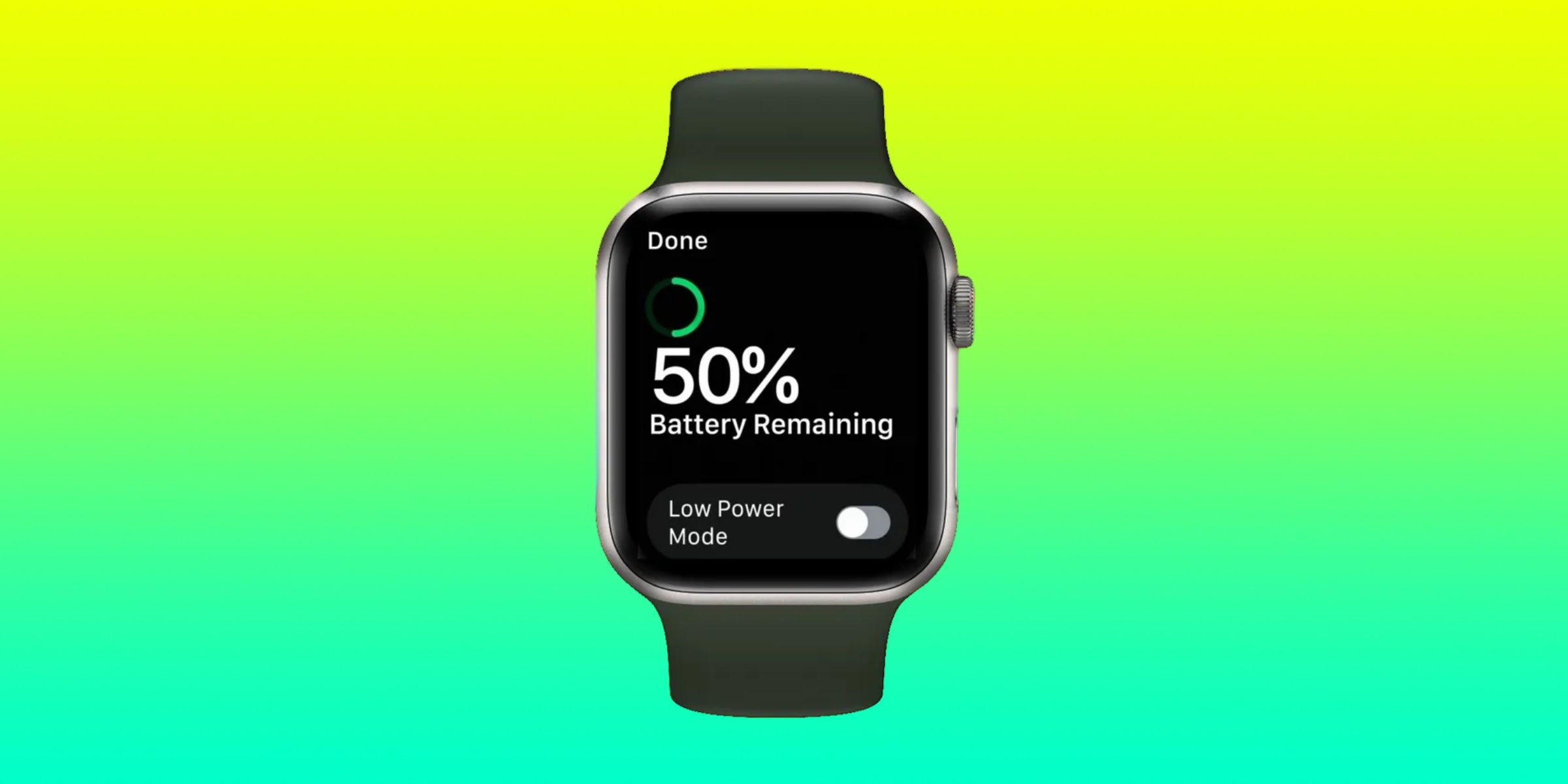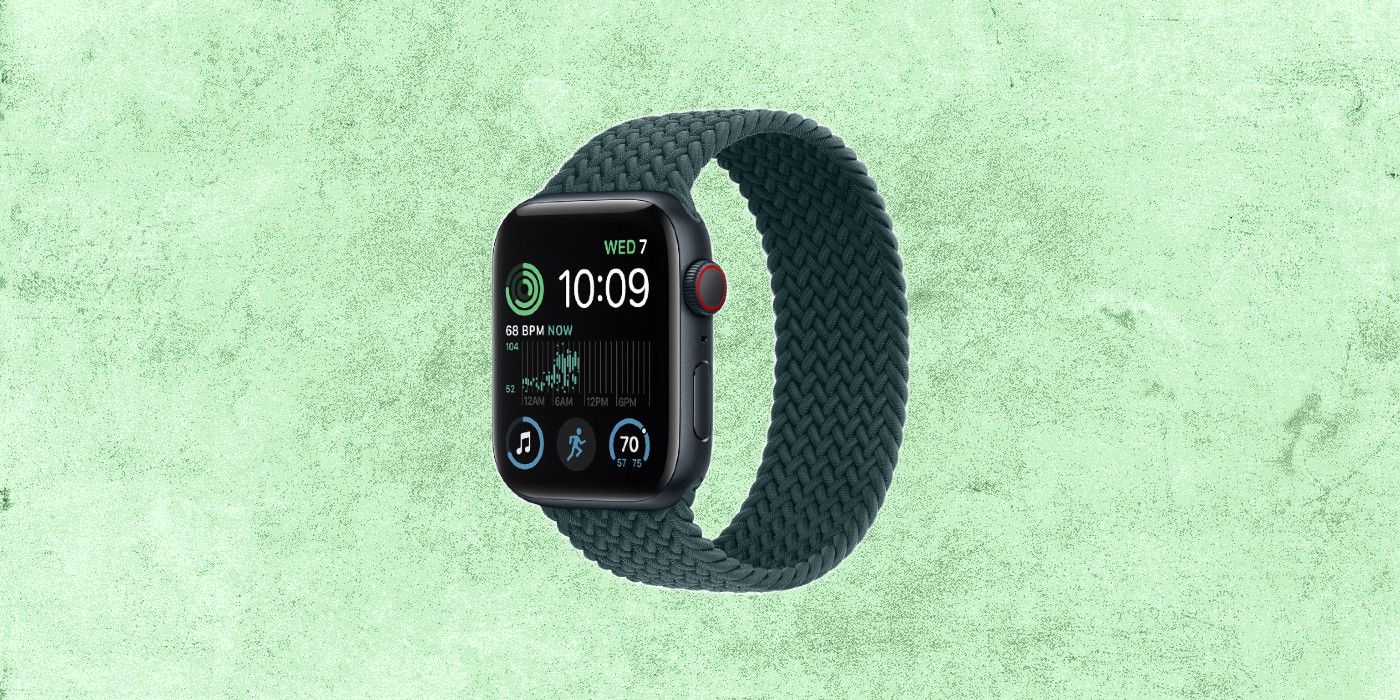The Apple Watch has two different settings that reduce power consumption in an effort to conserve battery life — Low Power Mode and Power Reserve.
The Apple Watch has two settings that reduce power consumption to conserve battery life — Low Power Mode and Power Reserve — so it’s crucial to know the difference for the best user experience. Low Power Mode is a feature that was initially limited to the iPhone but has since been added to more devices. Apple added Low Power Mode to the iPad and Mac with a software update in 2021, leaving the Apple Watch as the only device in the company’s lineup without the feature. Though the Apple Watch shipped with a mode that limited power consumption since it was first released, the original implementation was unlike common instances of a Low Power Mode.
Power Reserve is a feature with a different name than Low Power Mode, and for a good reason. While many versions of Low Power Mode attempt to limit power consumption in a way that still maximizes functionality, Power Reserve does the opposite. When Power Reserve is enabled on an Apple Watch, nearly all the smartwatch’s functions are disabled. This includes activity tracking, data sharing with a paired iPhone, and even the watch face. There is a way to view the time, but it is a rudimentary digital clock that can be shown by pressing the power button and waiting a few seconds. Power Reserve does make it possible to view the time even when the watch has a low battery, but it fails as a Low Power Mode.
Apple released watchOS 9 to the public to all compatible models on Sept. 12, 2022, and all devices that have the update installed can easily enable the feature. To enable Low Power Mode, swipe up from the Control Center on the Apple Watch and tap the ‘Low Power Mode’ toggle. Be sure not to select the ‘Power Reserve’ option, especially on older models or those not yet updated to watch OS 9. Low Power Mode can also be enabled through the Battery complication on a watch face, and tapping the complication will open up the same menu screen as in the Control Center. It took Apple a while to add Low Power Mode to the Apple Watch, but it’s sure to be a great way to extend the smartwatch’s battery life.
Are Older Apple Watches Supported?
Though the Apple Watch did not come with a Low Power Mode for years after it was first introduced, Apple retroactively added the feature in 2022. At the company’s annual fall event, The company announced the Apple Watch Series 8, Apple Watch Ultra and Apple Watch SE models with support for a Low Power Mode. The feature is sure to be popular, as it can double the battery life of an Apple Watch. For example, the company says the Apple Watch Series 8 can last up to 18 hours on a single charge, but that doubles to up to 36 hours when Low Power Mode is enabled.
To the surprise of many, Apple brought Low Power Mode support to older Apple Watches. Support for the feature is quite robust, as Low Power Mode works on any model with watchOS 9 installed. The latest software update is available for Apple Watch Series 4 and later — including both Apple Watch SE models — and brought Low Power Mode to those devices. Apple’s watchOS 9 update notably excludes the Apple Watch Series 3, which was sold for years as the cheapest smartwatch sold by the company. Despite the lack of support for the Series 3, there are plenty of Apple Watches that can use Low Power Mode.
Source: Apple






